Table of Contents
INTRODUCTION
To create an HTML webpage, you will need a basic environment and tools for development. Here a list of essential tools. The list is not exhaustive but only the top picks. Feel free to use any tool that you are comfortable with.
Code Editors
Code Editors are tools that help developers to write code efficiently. The include features like syntax highlighting, auto-indentation, find and replace, version control integration and many other features.


Visual Studio Code is a streamlined code editor with support for development operations like debugging, task running, and version control.


Sublime Text is a text and source code editor. It features minimal interface, syntax highlighting, and support for numerous programming language.


Atom is free and open-source text editor for the 21st century. It is built on Electron framework.


Notepad++ is a free source code editor that supports several languages. It is developed using C++ language.
Browsers
Browsers are software programs that help developers to view websites. They also contain web developer tools that allows developer to test, modify and debug websites.

Google Chrome is a web browser developed by Google. Most of Chrome's source code comes from Google's free and open-source software project Chromium.

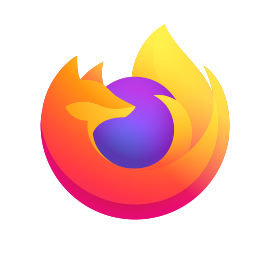
Mozilla Firefox is a free and open-source web browser developed by the Mozilla Foundation and its subsidiary, the Mozilla Corporation


Microsoft Edge (or simply nicknamed Edge) based on the Chromium open-source project is a proprietary cross-platform web browser created by Microsoft.
Version Control Systems
Version Control Systems are tools that track and manages changes to file and code over time. They keep track of every change made to the code, So a developer can revert back to earlier version of code.


GitHub is a proprietary developer platform that allows developers to create, store, manage, and share their code


GitLab is an open-source platform built around Git; the distributed version control system developed by Linus Torvalds
Preprocessors
A preprocessor is a tool that converts one type of code into another type. They offer additional functionalities like variables, mixins, expressions, filters and more.
HTML Preprocessors


Pug is a templating engine that works with JavaScript library. It allows developers to write clean and reusable HTML.


HAML is an markup language that allows developer to write HTML of webpage without use of inline code.
CSS Preprocessors


Sass (short for syntactically awesome style sheets) is a preprocessor scripting language that is interpreted or compiled into Cascading Style Sheets (CSS)

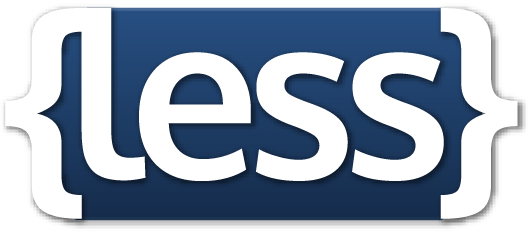
Less (which stands for Leaner Style Sheets) is a backwards-compatible language extension for CSS.
CSS Frameworks
CSS framework is library which contains ready to use tools which can be used to create User interfaces. They helps reduce web development times, consistency in design, responsive, cross browser compatibility and more.


Bootstrap (formerly Twitter Bootstrap) is a free and open-source CSS framework directed at responsive, mobile-first front-end web development.


Tailwind CSS is a utility-first CSS framework that provides low-level utility classes to build modern, responsive designs quickly. Instead of using predefined components (like Bootstrap), Tailwind allows developers to compose styles directly within their HTML or JSX using utility classes.


Material-UI (now called MUI) is a popular React UI framework that provides pre-designed components styled with CSS-in-JS. It implements Google's Material Design. It’s relied upon by leading product teams worldwide, having been thoroughly refined over a decade of development with contributions from thousands of open-source developers.


Semantic is a UI component framework based around useful principles from natural language. Semantic is fully production-ready and integrates seamlessly with partnered frameworks like React, Angular, Meteor, and Ember, allowing you to structure your UI layer alongside your application logic.

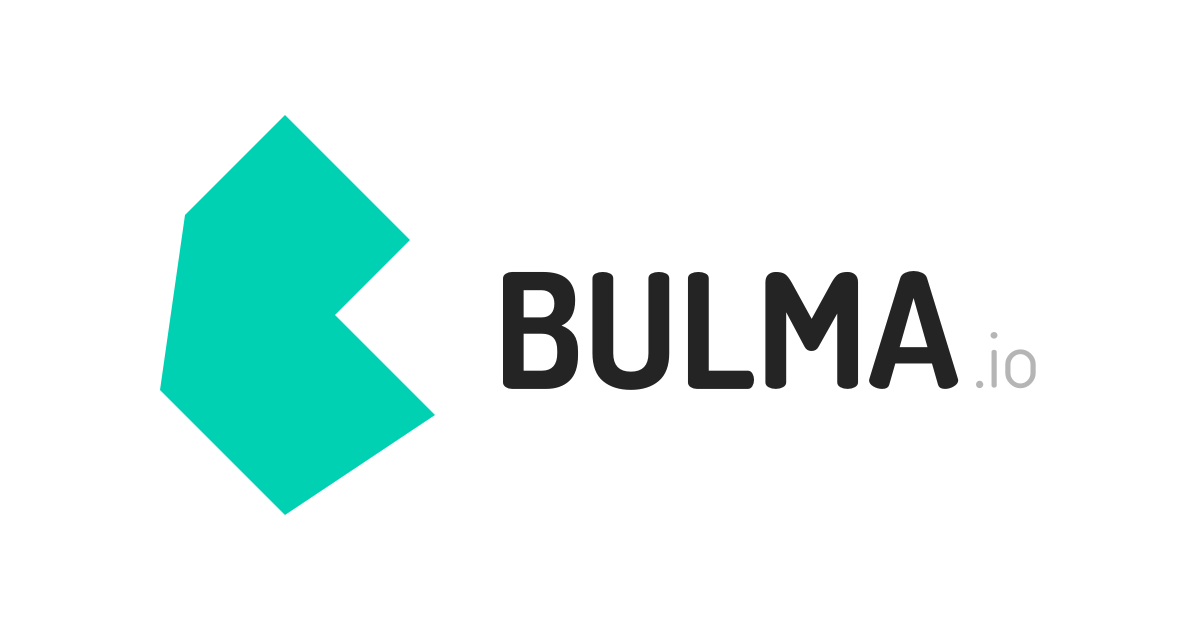
Bulma is a modern CSS framework based on Flexbox, known for its lightweight design and easy-to-use classes. Unlike Bootstrap, Bulma is purely CSS (no JavaScript required), making it framework-agnostic and easy to integrate with any project.


Pure.css is a minimalist CSS framework developed by Yahoo. It is designed to be small, fast, and modular, making it perfect for performance-focused web applications.
Javascript Frameworks
Javascript Framework is a collection of tools and libraries for building web applications. Framework contains pre-built codes for different purposes saving time for developer.


React is a free and open-source front-end JavaScript library. It allows developer to easily build user interfaces based on components.


Vue.js is an open-source model–view–viewmodel front end JavaScript framework for building user interfaces and single-page applications


Express.js is a fast, unopinionated, and minimalist web framework for Node.js, designed to simplify server-side development. Express.js is trusted by companies worldwide, from startups to tech giants, and serves as the backbone of modern web applications.

Next.js is a powerful React framework that enables developers to build high-performance, scalable, and SEO-friendly web applications with ease. Developed by Vercel, it combines the best of server-side rendering (SSR), static site generation (SSG), and client-side rendering (CSR) to create modern web experiences.
Online Tools
In addition to above tools, there are various online tools which can help in developing web application. These tools have different functions and purposes.


CodePen is an online community for testing and showcasing user-created HTML, CSS and JavaScript code snippets

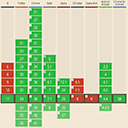
"Can I use" provides up-to-date browser support tables for support of front-end web technologies on desktop and mobile web browsers.


This validator checks the markup validity of Web documents in HTML, XHTML, SMIL, MathML, etc The World Wide Web Consortium (W3C) is the main international standards organization for the World Wide Web


JSFiddle is an online IDE and community platform for testing, showcasing, and collaborating on user-generated HTML, CSS, and JavaScript code snippets, known as "fiddles." It also supports simulated AJAX calls.

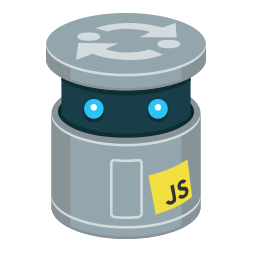
JS Bin is a web application created to assist JavaScript and CSS developers in testing code snippets within a specific context and debugging collaboratively. It allows you to edit and test JavaScript and HTML, with the added benefit that reloading the URL retains your code's state (unlike opening new tabs).


Codesandbox is an instantly ready, full-featured online IDE for web development on any device with a browser. Enabling you to start new projects quickly and prototype rapidly. With CodeSandbox, you can create web apps, experiment with code, test ideas, and share creations easily.

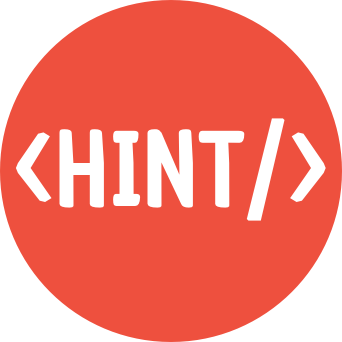
HTMLHint is a fast and lightweight HTML linting tool designed to help developers ensure that their HTML code follows best practices and is free of errors. With a focus on code quality, HTMLHint automatically detects potential issues in your HTML and provides suggestions for improvement.


PlayCode.io is an online code editor and playground designed for developers to quickly experiment with and test JavaScript, HTML, and CSS in real time. With its fast and intuitive interface, PlayCode allows developers to prototype, debug, and share their code with ease, all without needing to set up a local development environment.

PageSpeed Insights (PSI) evaluates the user experience of a page on both mobile and desktop devices and offers recommendations for improving its performance. PSI supplies both lab and field data regarding a page's performance.
Frequently Asked Questions (FAQ)
What are the tools required for creating HTML Webpage?
Text Editors(For Writing HTML)
Web Browsers (For Previewing HTML)
Developer Tools (For Debugging & Inspecting Code)
- Google Chrome DevTools - Press F12 or Ctrl+Shift+I (Cmd+Option+I on Mac)
- Firefox Developer Tools - Press F12 or Ctrl+Shift+I.
 Published: 11 May 2025
Published: 11 May 2025 5-min read
5-min read
